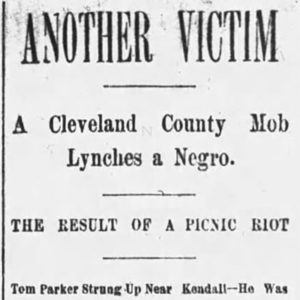 Parker Execution Article
Parker Execution Article
Time Period: Post-Reconstruction through the Gilded Age (1875 - 1900)
 Parker Execution Article
Parker Execution Article
 Isaac Parker
Isaac Parker
Parker, Isaac Charles
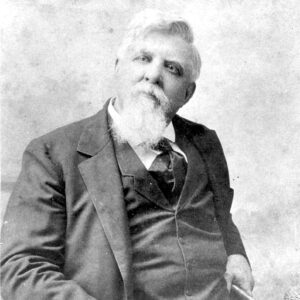 Judge Isaac Parker
Judge Isaac Parker
 Judge Parker Statue
Judge Parker Statue
Parker, Tom (Reported Lynching of)
Parrent, Joe (Lynching of)
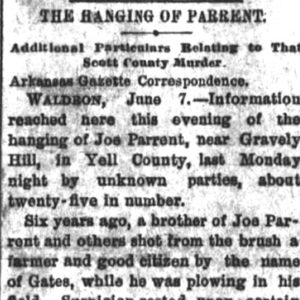 Joe Parrent Lynching Article
Joe Parrent Lynching Article
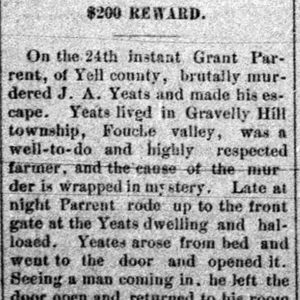 Joe Parrent Reward Article
Joe Parrent Reward Article
Passenger Pigeons
aka: Ectopistes migratorius
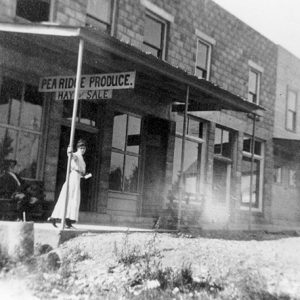 Pea Ridge Produce
Pea Ridge Produce
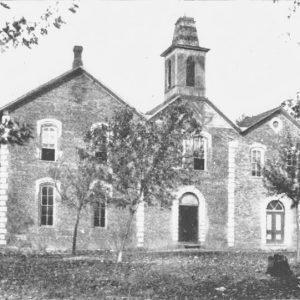 Pea Ridge Academy
Pea Ridge Academy
Pea Ridge Academy
aka: Mount Vernon Normal College
aka: Mount Vernon Masonic College
aka: Pea Ridge Normal College
 Peabody School
Peabody School
Pearl Rush
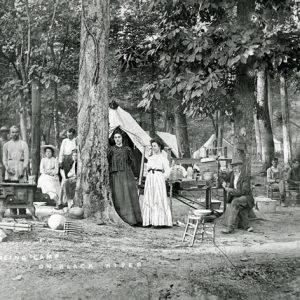 Pearling Camp
Pearling Camp
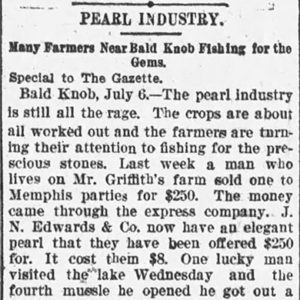 Pearling Article
Pearling Article
Peel Mansion Museum and Heritage Gardens
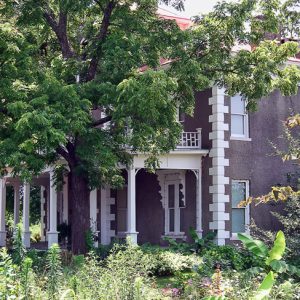 Peel Mansion
Peel Mansion
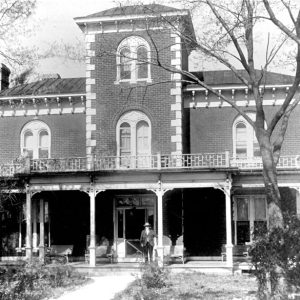 Samuel W. Peel House
Samuel W. Peel House
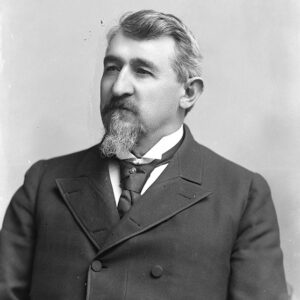 Samuel Peel
Samuel Peel
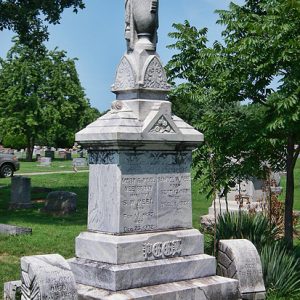 Samuel Peel Tombstone
Samuel Peel Tombstone
Peel, Samuel West
Pegues, Chris (Execution of)
Penzel, Charles Ferdinand
Perkins, George Napier
Perry County Courthouse
Peters, Albert (Execution of)
 Albert Peters Execution Story
Albert Peters Execution Story
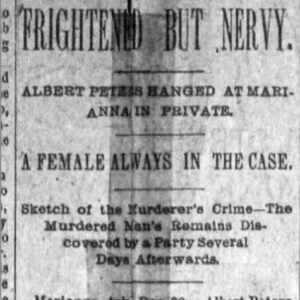 Albert Peters Execution Story
Albert Peters Execution Story
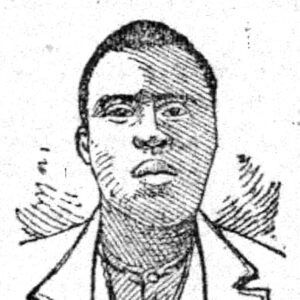 Albert Peters Portrait
Albert Peters Portrait
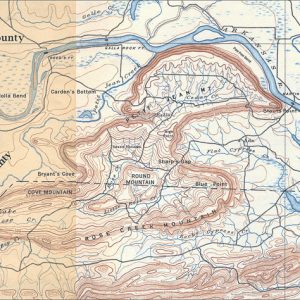 Petit Jean Map
Petit Jean Map
Pettus, Phillip (Execution of)
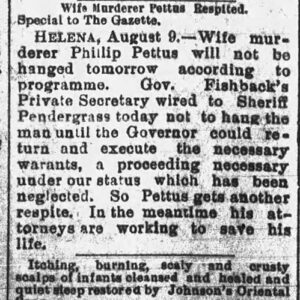 Phillip Pettus Execution Story
Phillip Pettus Execution Story
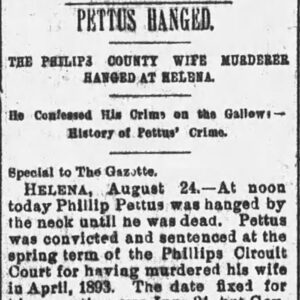 Phillip Pettus Execution Story
Phillip Pettus Execution Story
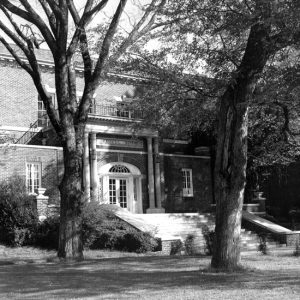 Philander Smith College
Philander Smith College
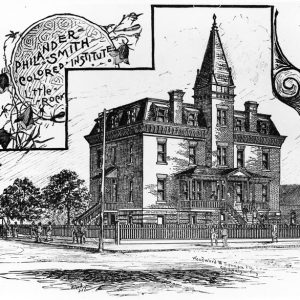 Philander Smith Colored Institute
Philander Smith Colored Institute
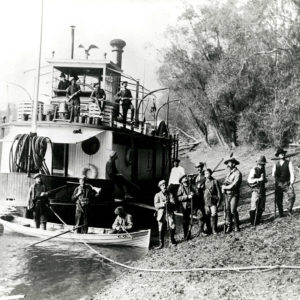 Phillips County Hunters
Phillips County Hunters
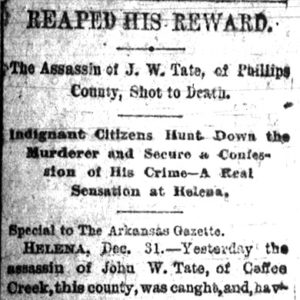 Phillips County Lynching Article
Phillips County Lynching Article
Phillips County Lynching of 1889–1890
 Phillips Lynching Article
Phillips Lynching Article
Phillips, Henry (Lynching of)
Pickens, William
 Albert Pike House
Albert Pike House
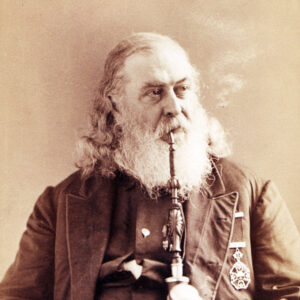 Albert Pike
Albert Pike
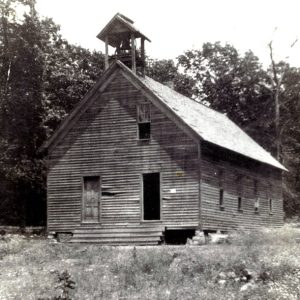 Pilgrim's Rest School
Pilgrim's Rest School
Pillow-Thompson House
aka: Jerome Bonaparte Pillow House
 Pine Bluff YMCA
Pine Bluff YMCA
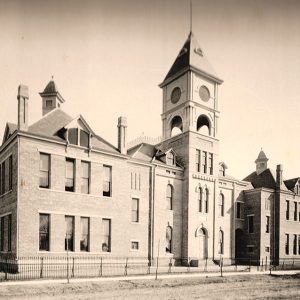 Pine Bluff High School
Pine Bluff High School




